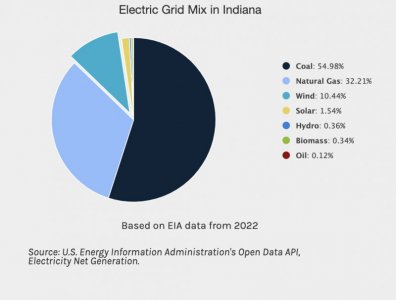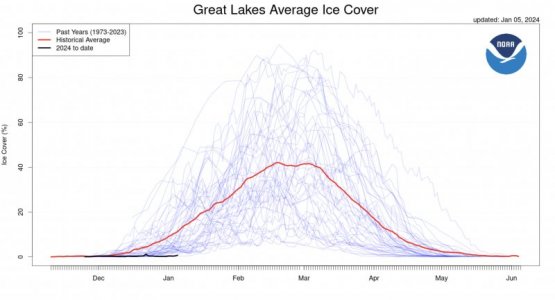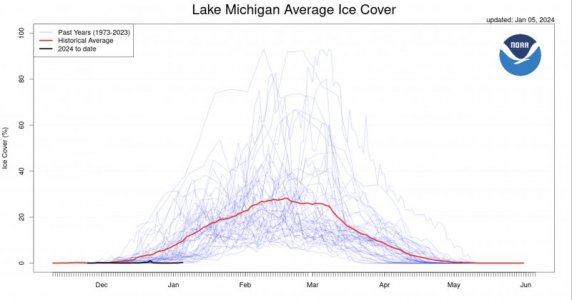VaughanJB
Scrappy VIP
No longer needing fuel as no more vehicle. So huge savings there as it eliminate car costs/repairs/maintenance, then insurance and all.
However, I've seen prices on Amazon in December 2023, which have now gone down and many specials. Loads of 2for1 or more in shops today, so incredible savings. Just one item nowhere to be found, EGGS! One shelf unit that's usually full was completely bare. Very strange!
EGGS!!!!!!!!!!!!!!!!
I feed the foxes two eggs a day. If the foxes knew the trouble I have to go to to make that happen, they'd wag their big fuzzy tails.




